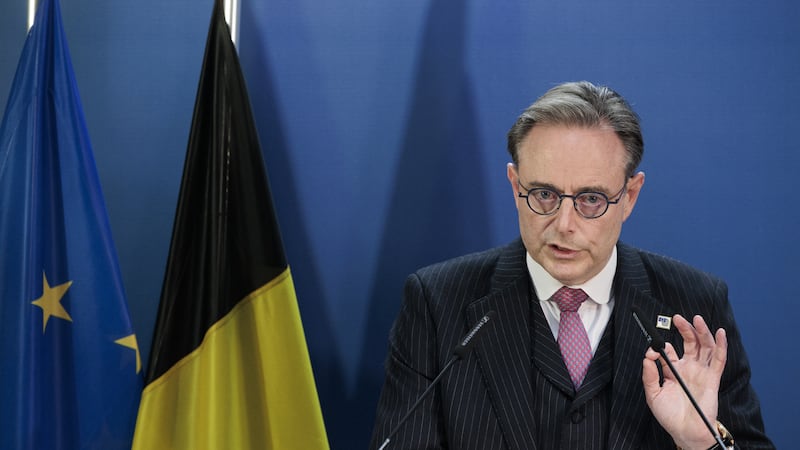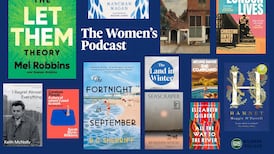Three years ago, Irish Times contributor Catherine Cleary decided to buy the cheapest piece of land she could find in Ireland, with the dream of planting her own native forest.
“The vision was to plant for climate and biodiversity…you take one good step and nature takes ten” she says.
She first made the decision to grow thousands of trees after a visit to a forest in Wicklow: “I stood in this dripping wet mossy forest and something just shifted in me” she tells Róisín Ingle on the latest episode of The Women’s Podcast.
Following a long search for the right slice of Irish countryside at the right price, Cleary and her husband Liam, eventually came across 40 acres of land for sale in Co Roscommon.
READ MORE
“It’s very hard to get land…we needed to go somewhere where the land was very cheap and that meant that it was going to be very rough, flooded, probably overfarmed, overgrazed land that nobody really wanted,” she says.
Then finally, in March of this year, with the help of family, friends and paid contractors, 24,000 trees were planted over 27 acres on the new land, including two types of oak, birch, willow, hazel and crab apple trees.
“It’s very early stages now, but you can see how they are just in their element…the place is beginning to feel like somewhere that’s starting again,” she says.
Speaking of the new wildlife that have been drawn to the area, Cleary says: “You can see it just coming to life. The bird life is astonishing… and there’s spiders like I’ve never seen before”.
“It felt like a place where everything had come to an end, and now there’s a whole new thing starting there and that’s pretty exciting”.
As her native forest grows, it is expected to eventually absorb up to 120 tonnes of carbon a year. An impressive number at first glance, however Cleary suggests it is but a drop in our “emissions ocean”.
“It sounds like a lot, and then you look at our average carbon footprint, 12 tonnes a year per person, so that’s ten people in a year,” she says.
“I haven’t fixed everything, we still need to reduce our carbon emissions,” she adds.
For anyone who might be interested in planting their own native forest, Cleary says there are all kinds of ways to start the journey: “The Native Woodland Trust do open days and you can go down and plant trees, but it’s also possible to pool resources and buy land, it doesn’t have to be 40 acres, it could be five acres, it’s better than nothing”.
If something on a smaller scale might suit better, Cleary is also the co-founder of Pocket Forests, a social enterprise that helps communities to grow small native woodlands in urban areas. From paved over driveways to vacant lots, Pocket Forests believe there is space for nature everywhere.
Whatever way you choose to plant, Cleary says: “It’s a wonderful way to give an unloved piece of land a whole new lease of life and it’s not a lot of work to manage it”.
Listen back to this episode in the player above or wherever you get your podcasts.






















